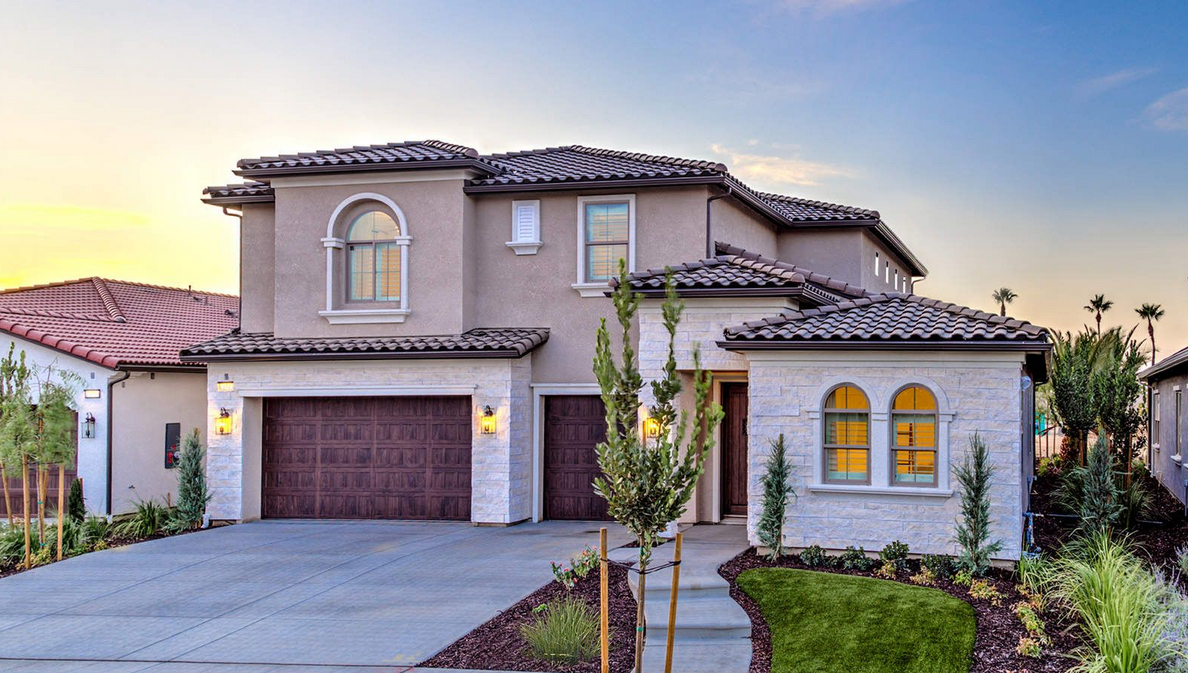Under California Civil Code Section 896, part of California’s Right to Repair Act, new home builders are legally responsible for ensuring new residential construction meets specific standards. These rules apply to new homes intended for individual sale, sold after 2003. If these standards are violated, homeowners may recover damages — but only through the procedures outlined in the California Right to Repair Act.
These standards apply to new home builders, general contractors, subcontractors, material suppliers, product manufacturers, and design professionals involved in original residential construction.

California Civil Code Section 896 is part of SB 800 (also known as the Right to Repair Act) and specifies the performance standards that builders must meet. It defines what constitutes a “construction defect” under the Right to Repair Act.
Plumbing and sewer systems shall operate properly and shall not materially impair the use of the structure by its inhabitants. However, no action
may be brought for a violation of this subdivision more than four years after close of escrow.
Electrical systems shall operate properly and shall not materially impair the use of the structure by its inhabitants. However, no action shall be
brought pursuant to this subdivision more than four years from close of escrow.
California Civil Code Section 896 establishes specific timeframes within which construction defect claims relating to new homes first sold after January 1, 2003 may be brought. These timelines or “statutes of limitation” are generally described as follows:
Irrigation systems and drainage §896(g)(7) | 1 year from close of escrow |
Excessive inter-unit noise §896(g)(6) | 1 year from original occupancy of the adjacent unit |
Dryer ducts §896(g)(14) | 2 years from close of escrow |
Landscaping systems §896(g)(12 | 2 years from close of escrow |
Untreated wood posts §896(g)(8) | 2 years from close of escrow |
Electrical §896(f) | 4 years after close of escrow |
Exterior pathways/driveways/hardscape/sidewalks/patios §896(g)(1) | 4 years after close of escrow |
Untreated steel fences §896(g)(9) | 4 years after close of escrow |
Plumbing §896(e) | 4 years after close of escrow |
Sewer §896(e) | 4 years after close of escrow |
Paint and stains §896(g)(10) | 5 years from close of escrow |
It is important to know that longer timeframes may apply for damage that results from a builder’s failure to meet the above described performance standards.
Navigating the intricacies of California Civil Code Section 896 — the Right to Repair Act’s Standards for Residential Construction — demands seasoned legal insight. At Stone LLP, we specialize in guiding clients through the challenges of construction defect claims under this statute. We represent contractors, apartment owners, luxury homeowners, real estate investors, commercial and industrial property owners, and public agencies in matters involving residential construction standards.
Our attorneys possess a deep understanding of the statutory requirements outlined in Section 896, including issues related to substandard workmanship, design flaws, material failures, and violations of construction performance standards. We also handle related disputes involving insurance coverage and construction contracts.
With offices throughout California, including key locations in Irvine and Los Angeles, Stone LLP is positioned to provide clients with local knowledge and statewide legal reach. Whether through negotiation, mediation, or litigation, we are committed to securing favorable outcomes and protecting your interests at every stage of the dispute.

Should you have any questions or concerns related to your home and the Right to Repair Act, or construction defect claims, the attorneys at STONE LLP have the experience and expertise in evaluating and prosecuting construction defect claims on behalf of owners like you. Reach out to our team of experienced California construction law professionals for a no-cost case evaluation.




